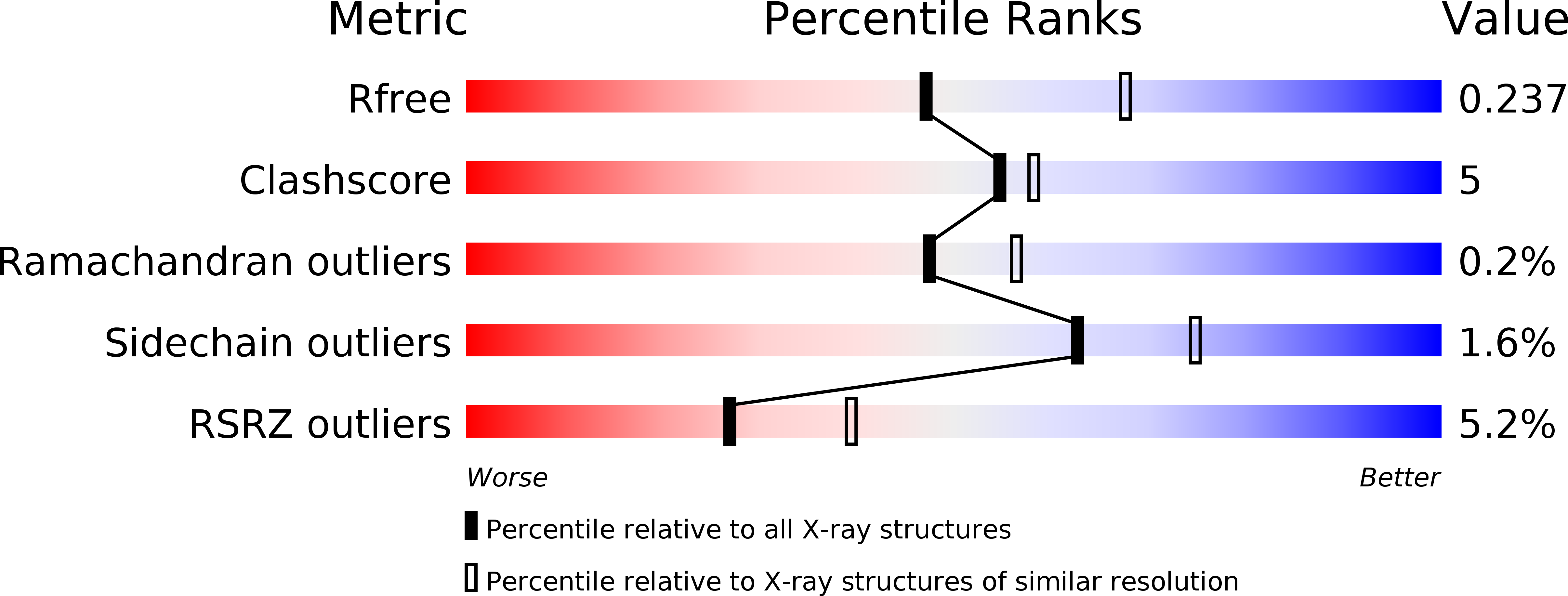
Deposition Date
2013-09-16
Release Date
2013-12-11
Last Version Date
2024-10-30
Entry Detail
PDB ID:
4MQE
Keywords:
Title:
Crystal structure of the extracellular domain of human GABA(B) receptor in the apo form
Biological Source:
Source Organism:
Homo sapiens (Taxon ID: 9606)
Host Organism:
Method Details:
Experimental Method:
Resolution:
2.35 Å
R-Value Free:
0.23
R-Value Work:
0.20
R-Value Observed:
0.20
Space Group:
P 1 21 1


